Old Town of Lijiang
A charming traditional Chinese town that combines Naxi, Han, Bai and Tibetan influences.
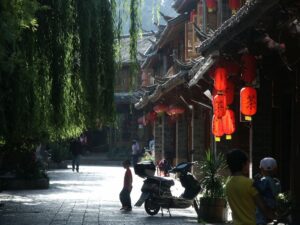
A charming traditional Chinese town that combines Naxi, Han, Bai and Tibetan influences.
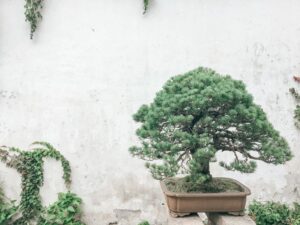
Nine traditional Chinese gardens that artfully mirror the natural world in very limited spaces.
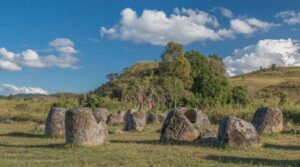
Ancient sites with large stone jars that were used in funeral rituals.
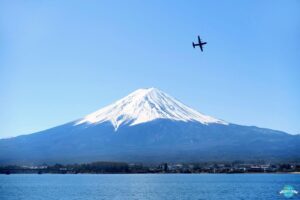
Mount Fuji and numerous natural and religious sites related to its spiritual importance.
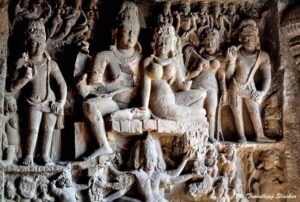
34 stunning stone-cut caves with carved and painted images from three different religions.
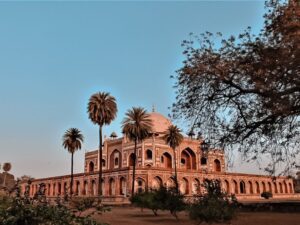
A 16th-century tomb within a complex of tombs, the first garden tomb and the inspiration for the Taj Mahal.
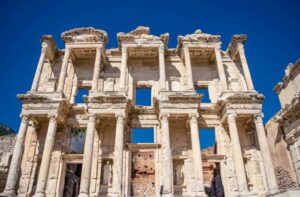
An ancient port city with ruins from the Greek, Roman and early Christian periods.
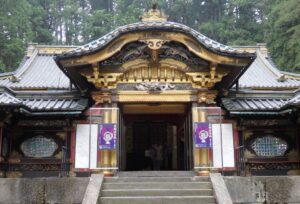
A complex of ornate and colorful religious buildings in a lovely forest setting.
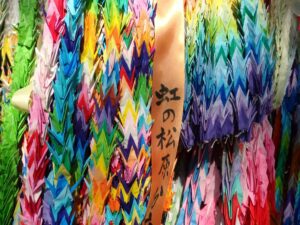
A UNESCO site for its symbolism and the hope it represents.
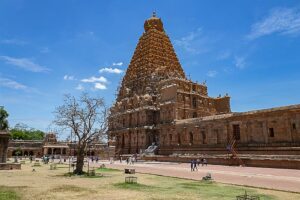
Three outstanding 11th-12th-century temples covered with carvings depicting elements of Hindu mythology.
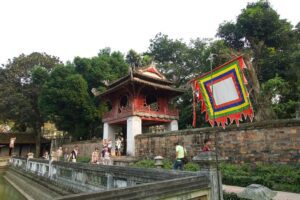
The remains of what was the center of political power in Vietnam for over a thousand years.
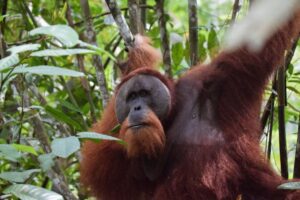
Three national parks that protect a wide range of endemic flora and fauna, including endangered species.
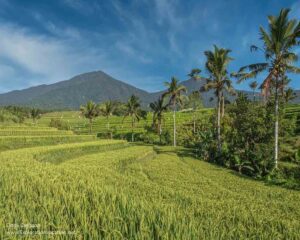
A traditional communal system interconnecting natural, religious and cultural components.
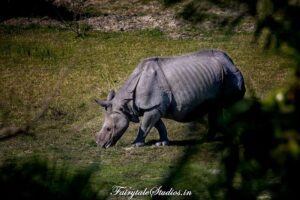
A riverine wildlife refuge that is home to many rare and threatened species, including the one-horned rhinoceros.
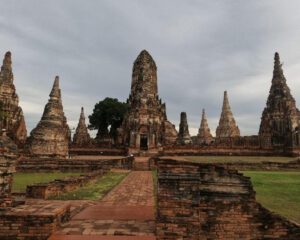
A 14th-18th century city that served as a seat of the Siamese royal court and whose art and architecture show international influences.
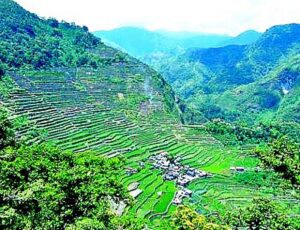
A living cultural landscape that has endured for 2000 years.
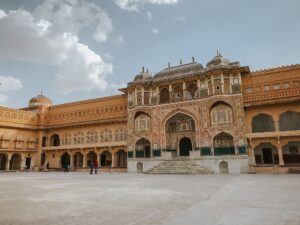
Six ornate and unique forts, legacies of the Princely Rajput states.
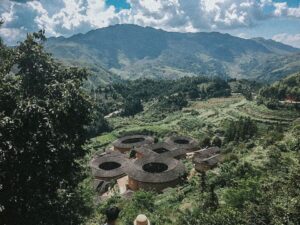
Multi-family inward-facing houses built by the Hakka minority and still used to this day.
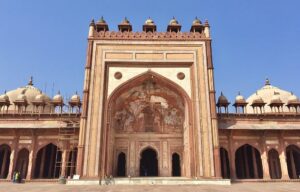
An ancient city that is a masterpiece of Mughal architecture.
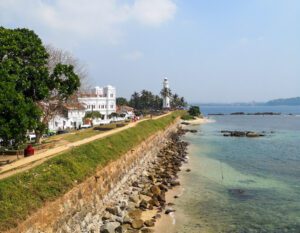
A charming and well-preserved colonial fortified city in Sri Lanka.
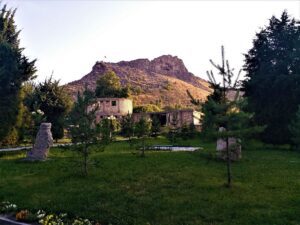
A small mountain with a very long history as a sacred site.
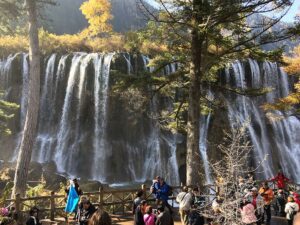
A spectacular landscape of karst landforms, lakes and waterfalls, home to a range of endangered species.
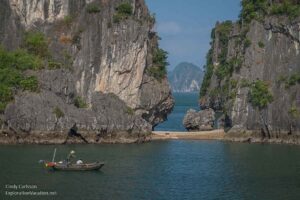
A stunning natural landscape and seascape of tall limestone pillars and islands.
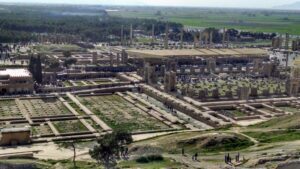
Ruins of what was a magnificent palace complex over 2000 years ago, capital of the Achaemenid Empire.
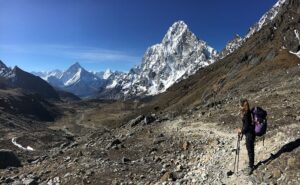
Breathtakingly beautiful snow-capped mountains, including Mt Everest; endangered species; and a Nepali Sherpa population that practices Tibetan Buddhism.
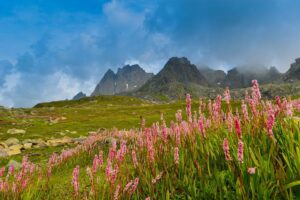
A vast nature reserve with breathtaking scenery, perfect for intrepid nature lovers.
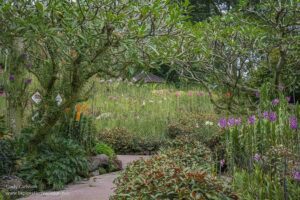
An extensive tropical garden that has evolved since its founding in the colonial period to become a world-class scientific institution.
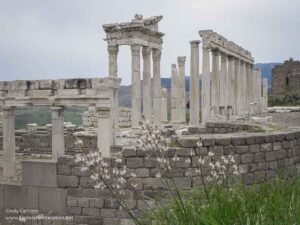
A collection of 9 archeological sites covering several historical periods of an important city’s grand monuments.
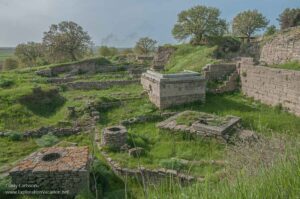
Excavation of the ancient Greek city of Troy, site of the Trojan War.
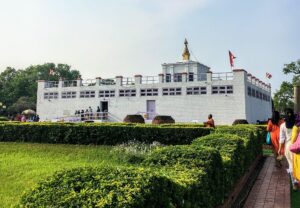
The holiest place in Buddhism, containing archeological evidence of Lumbini’s importance as a pilgrimage site.
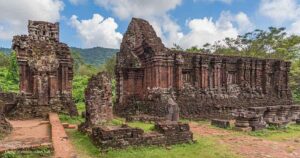
Evocative ruins of Champa kingdom Hindu temples, elaborately carved, with brick towers.
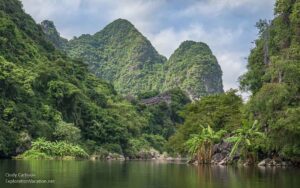
A stunning rural landscape of steep karst mountains, river valleys, rice fields and villages.
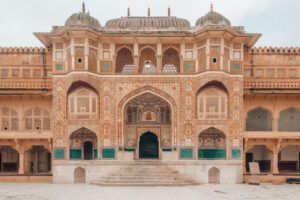
A planned 18th-century walled city, famous for its pink architecture.
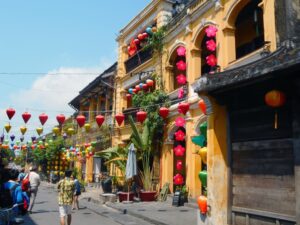
An ancient and well-preserved trading port with traditional wooden buildings that show the traces of indigenous, Chinese, Japanese and European influences.
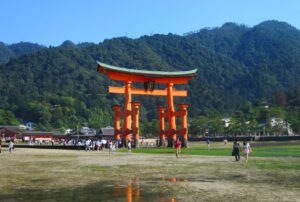
A well-preserved shrine dating to the 12th century and harmonizing beautifully with the surrounding landscape.
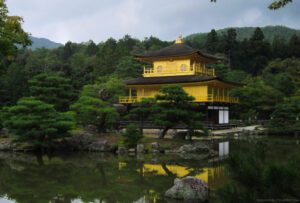
A set of 17 sites comprising culturally-significant religious architecture and landscaped gardens.